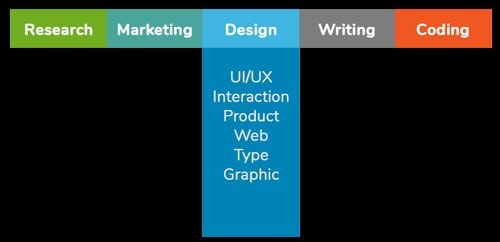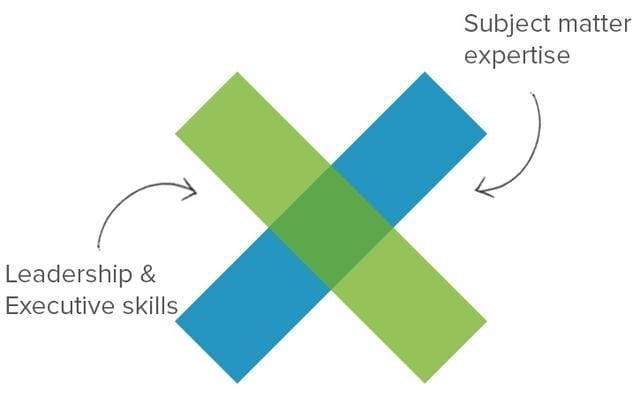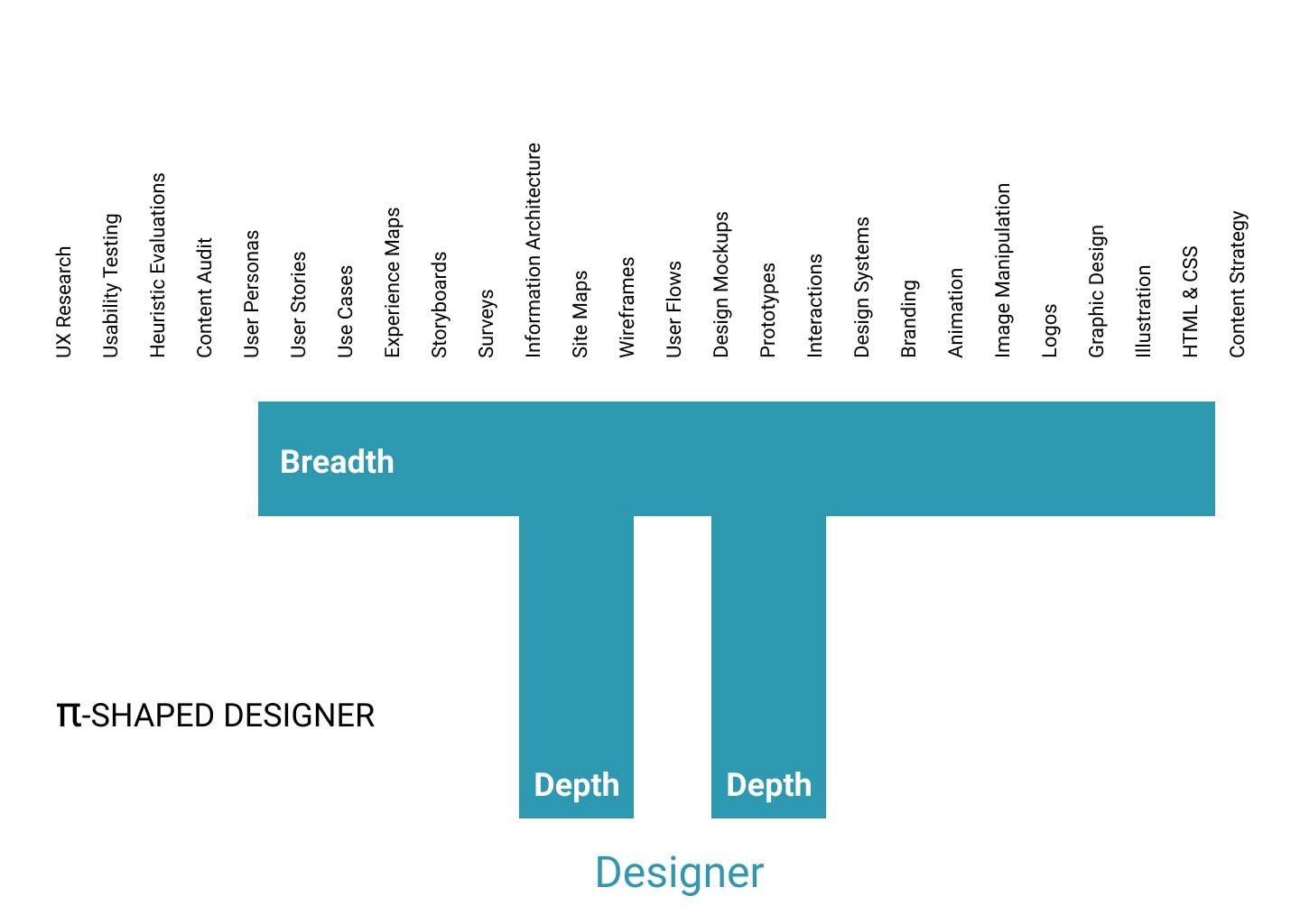UX Skill Shapes of Designers
UX (user experience) is designing and improving the interaction between the user and the product. The task is to identify user needs, detect emerging problems resulting from interaction with the interface and search for solutions to eliminate them. The popularity and quality of a software product are determined by the ease of use and the degree of customer satisfaction with it.
If the UX design of the interface is well developed, the navigation is logical and intuitive, and the average user does not even think about its existence, effectively solving his tasks with the help of it. Otherwise, interaction with the product is like wandering through a labyrinth, where all the moves are confused, and the achievement of the final goal raises a million questions.
The user experience is precisely characterized by the degree of convenience and ease of interaction with all interface components developed by UX designers. According to one survey, "73% of senior executives said, they are going to increase the number of UX designers in their organization over the next five years".
5 must-have skills for UX designers

Since the field of UX is so large, the day-to-day work of a UX designer can be very varied. However, there are basic essential UX skills. That's a long list! But don't worry. No one can be an expert in all these areas at once. If you start with just one user experience skill and put it into practice, you will make exceptional improvements in your product or service.
1. UX Research
The main goal of UX design is to orient the design process towards the end-user, the study of whose behavior reveals the motives of this person, his context, and the purpose of using the product. It is important to emphasize here that it is the respondent's behavior, and not his opinion, that is strong evidence. Therefore, UX research should include direct observation of the person's actions. UX research uses various research methods, which can be divided into two groups: quantitative and qualitative.
Quantitative research is any research that can be measured numerically. It answers questions such as "how many people clicked on this button?" or "what percentage of users can find a call to action?" It is used to assess statistical probabilities and what happens on a site or application.
Qualitative research allows us to understand the logic of human actions and often takes the form of interviews. Usually, questions like "why don't people click on this place?" and "what else do the respondents notice on the screen?"
The various UX research methods are based on the same core techniques: observation, understanding, and analysis.
- observe and record what they see to further find patterns in various groups of people
- strive to understand the mental models of people (i.e., the images that appear in the head when it comes to something specific) that they are testing
- identify patterns in research, suggest possible rationales or solutions, and make a recommendation
2. Communication Skills
The technical side of UX design is simple. The real challenge is developing so-called "social skills": discussion, negotiation, and collaboration with various people, including other designers, clients, coders, product managers, and executives. It's not enough to do great work. You must be able to explain, convince and sell this work, or it will never see the light of day. You have to get along with your colleagues, deal with difficult issues, collaborate, mediate, listen more than you speak, and be empathetic and diplomatic. Without good communication skills, chances are your ideas won't be accepted, even if they are "technically" excellent.
3. Prototyping
Good UX designers don't build their products before testing their ideas. Instead, they prototype - a quick and easy way to make something that looks like a real product but isn't really it. Prototype, test, repeat, and you've got something amazing long before the average programmer even sets up the environment he needs to get started.
4. Visual Design
Yes, visual design is a very vital UX skill. Without understanding the basics of graphic design, interface design, and color theory, your work might suffer. Even a prototype requires visual hierarchy and good typography! Moreover, visual branding, use of color, and typography make up a significant part of the "user experience." If they are bad at your product, that experience will suffer. And you won't always be working with a talented interface designer to help you out. Skills in this area will be a huge asset to your job.
5. Copywriting
You won't see copywriting in many UX job descriptions, but it really should be there. After all, the bulk of the average interface is text. If you can write efficiently, you are already halfway to success in a language suitable for the user. Step-by-step guides, tutorials, dialogues, icon and button captions, ad sites - all require good writing to be effective.
T-shaped Designers

The letter "T" expresses what a T-shaped talent is, means extensive knowledge, and "|" means depth of knowledge. The combination of the two is T-shaped talent, which refers to deep professional knowledge and extensive knowledge. Basically, a UX designer with extensive business experience, content strategy, and UI design skills can establish a strong and focused product vision throughout the product life cycle. Not just an isolated part of the entire process. They provide unexpected insights so that the design can be extended to the business. They can control a project and manage its different details, which no one else can do. T-shaped UX designers can easily be promoted to product designers.
I-Shaped Designers
I-Shaped Designers have grown and developed a good depth of knowledge and skill in a single discipline. But they have little or no knowledge or skill outside of that discipline. These people are known in agile communities as "I-shaped people" since, like the letter "I," they have depth but not much breadth. The traditional educational system is built to produce I-shaped people. I-shaped people can excel in many workplaces, but typically not in those demanding high levels of collaborative working.
X-Shaped Designers

X-shaped designer has deep expertise built on solid credibility and can also lead diverse teams to accomplish a goal. Not all designers reach an X-shaped position. X-shaped persons may work less on their original expertise as they evolve into management and leadership positions and begin to deal more with strategy and people. The reason is that they will be the ones best able to work within the teams. Suppose you have a good understanding of your specific field, such as UX designing. But you will need to be able to work on your leadership skills to be X-shaped. Elon Musk would be an ideal example of X shaped person.
Pi-shaped Designers

In modern society, it is essential to delve deeply into at least two fields of knowledge! It not only allows you to bypass the cruel problem of competition in a single field but also allows you to have more choice and work flexibility! No matter what industry you choose to work in, you will find that working in that industry is overcrowded, and there are too many people. In a saturated industry, there are often masters. After all, everyone has worked hard to stand out from the competition in the industry. Countless people squeezed their minds to focus on their own fields, but the vast majority of them gradually lost in the cruel competition, and only a few people finally reached the ideal level.
If you focus on a single industry, you will undoubtedly be squeezing a single-plank bridge. In most cases, it is a dead end. After all, countless people know this truth and understand the cruelty of competition. Pi-shaped people having a high degree of mastery of their own professional skills. They also possess two or more professional skills and have cross-disciplinary perspectives and experience. Just like the word "π," the so-called "π-shaped talent" means that you have to cultivate in at least two fields.
